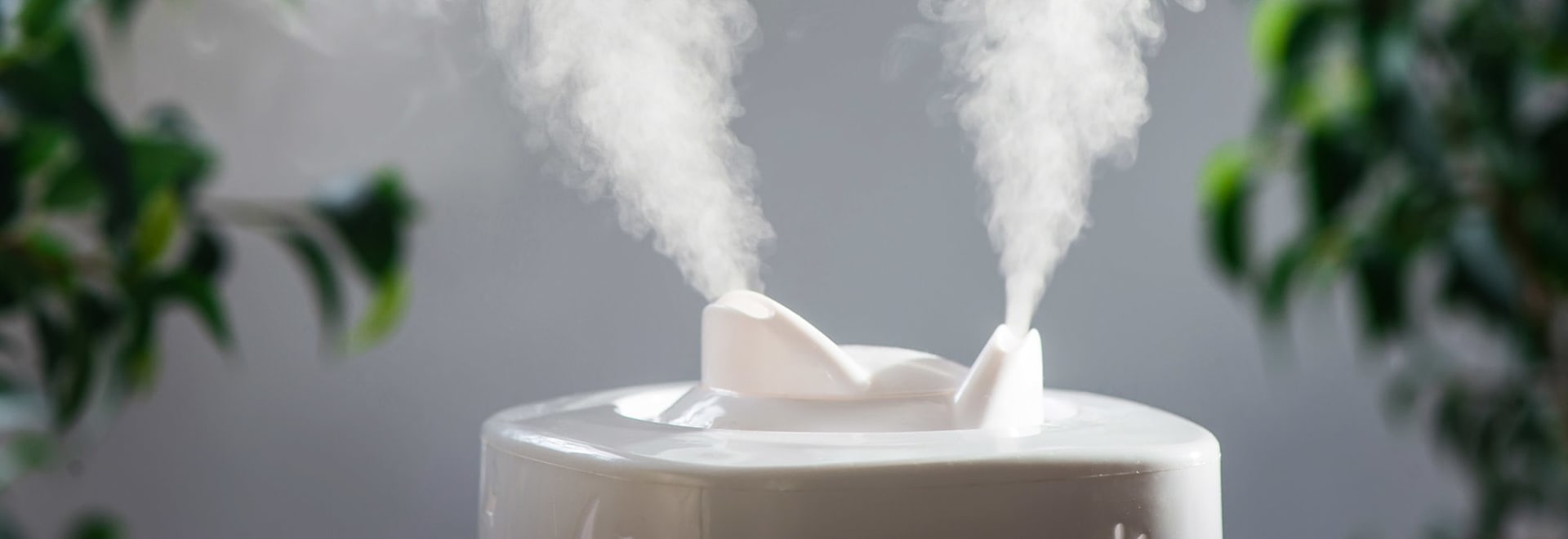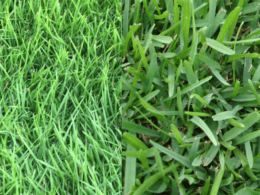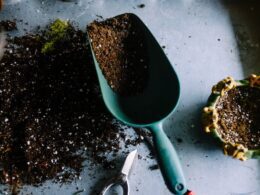Grow rooms and grow tents are gaining increased popularity among home gardeners. With a grow room you can control the environment in which your plants are living. This makes it easy to grow your crops year round. You no longer are subjected to short time frames in which you can plant and harvest your favorite fruits, vegetables and herbs. When plants fail to thrive in a grow room many gardeners are quick to assume its the temperature. However, grow room humidity plays a large role in the health and life of your plants. Understanding and controlling your grow room humidity can help you harvest healthy and happy plants.
Grow Room Humidity
Humidity is simply the measure of how much water vapor is in the air. Humidity in your grow room is actually a good sign. It means that your plants are breathing heavily and that there is plenty of water within your crops. Just because humidity is good, doesn’t mean that more humidity is better. You should aim to keep your grow room humidity around 40-70% at all times. Unfortunately, humidity is not something you can just check on once, it will need to be constantly adjusted and changed. These changes will need to be administered based on a variety of factors. The temperature inside and outside the grow room, and the stage of the plant are both contributing factors. Fortunately, tracking and changing the humidity in your grow room is not a difficult task. It’s not rocket science… just regular science!
Temperature Inside the Grow Room
Grow room humidity and temperature are closely related. You can’t change one, without changing the other. The warmer the temperature, the more humidity is air is able to hold. As temperatures in your grow room drop, the less humidity the air is able to hold. Changing the temperature is the simplest way to adjust the humidity in your grow room.
High Temperatures
Higher temperatures are needed at different stages of your plant growth, but it can be harmful to keep the temperature and humidity high at all times. It can lead to growth of molds, mildews, and other forms of rot in your plants. These molds can stop your plant from effectively taking in CO2 or enough sunlight to properly perform photosynthesis. Unfortunately this can leave you with a small and useless crop. By the time you catch these unwanted diseases on your plants, it is often too late to fix the problems.
Low Temperatures
There are also risks associated with temperatures and subsequent humidity falling too low in your grow room. Reduced temperatures and humidity do not encourage a plant to properly transpire. This leads to stunted growth. Without water in the air, your plants close their stomata, this severely limits how much nutrients your plant can intake. Another danger associated with low temperatures is the moisture building up on your plants and then freezing. It is important to maintain a healthy temperature and humidity within your grow room.
Humidity for Seedlings
New crops, whether from seeds or from seedlings, are the most tender and delicate. When your plants are just tiny seedlings you want your grow room to be warm and humid. Try and keep your grow room humidity around 70-75% during this growth stage. This is because the roots of your plant are still very small and immature. The majority of the water and nutrients the seedling receives will come through the leaves. If you want to help your seedlings thrive, consider adding a humidity dome, or propagation tray to your grow room.
Humidity for Vegging and Flowering Plants
As your crops begin to grow, the roots become stronger and begin to take up more water. You can gradually drop the grow room humidity down to 60-70% while the plant is growing. After about two weeks you can gradually begin dropping the humidity closer to 50%. This will encourage the plant to begin flowering. It is important to keep the environment comfortable for the plant during the flower stage of growth. As your crops flower and continue to grow, you should gradually lower the temperature and humidity within your grow room. Aim to drop the humidity about 5% every 2-3 weeks. You don’t want to shock the plant with a sudden decrease in temperature or humidity.
Humidity for Harvesting
By the time your crops are ready to harvest you should be maintaining a grow room humidity of about 45%, but no lower than 40%. Dropping the humidity too low during harvest will promote dry and brittle plants. Keep the temperature and humidity mild and even throughout the harvesting weeks to reap the most out of your crops.
How to Add Humidity
As was mentioned above, temperature is an easy way to increase the amount of water vapor in the air. You can easily raise the temperature in your grow room with the presence of grow lights or other growing equipment. If you live in a climate that is naturally low humidity, such as a desert, increasing the temperature of your grow room may not be enough. You can safely add to your grow room humidity with a humidifier. You will probably want to look for a humidifier that has a timer or auto-shut off switch. You can also find humidifiers with built in hydrometers so you can quickly measure the amount of humidity in the air and only add extra moisture when it is needed.
How to Remove Humidity
If your grow room has too much humidity, there are simple ways to remove the excess moisture. The simplest way is to add a form of ventilation to your grow room. This can easily be done by opening a window, or setting up a duct fan to push the moist air out of your grow room. If you choose to go with this simple method, just make sure that your window is screened so that unwanted bugs don’t come into your grow space. If that isn’t an option, or if it isn’t working well enough, consider adding a dehumidifier to your grow space. Just like the humidifier, it is important to look for one that can be set on a timer or has an auto shut off function. If your dehumidifier doesn’t have a drainage system, make sure you are cleaning and emptying the water on a frequent basis.
In Conclusion
A grow room or grow tent is a great way for gardeners, beginners and experienced alike, to learn to grow crops year-round. Although, It may take a little trial and error to figure it all out don’t get discouraged as you learn how to effectively control the temperature and humidity in your grow room. It is important to remember to adjust your temperature and humidity for each different growth stage. Soon you will be happily harvesting your favorite fruits, vegetables and herbs from your own grow room.
Related Article: Best Grow Tent for Growing Plants – Our Top 10 Choices for You to Choose








